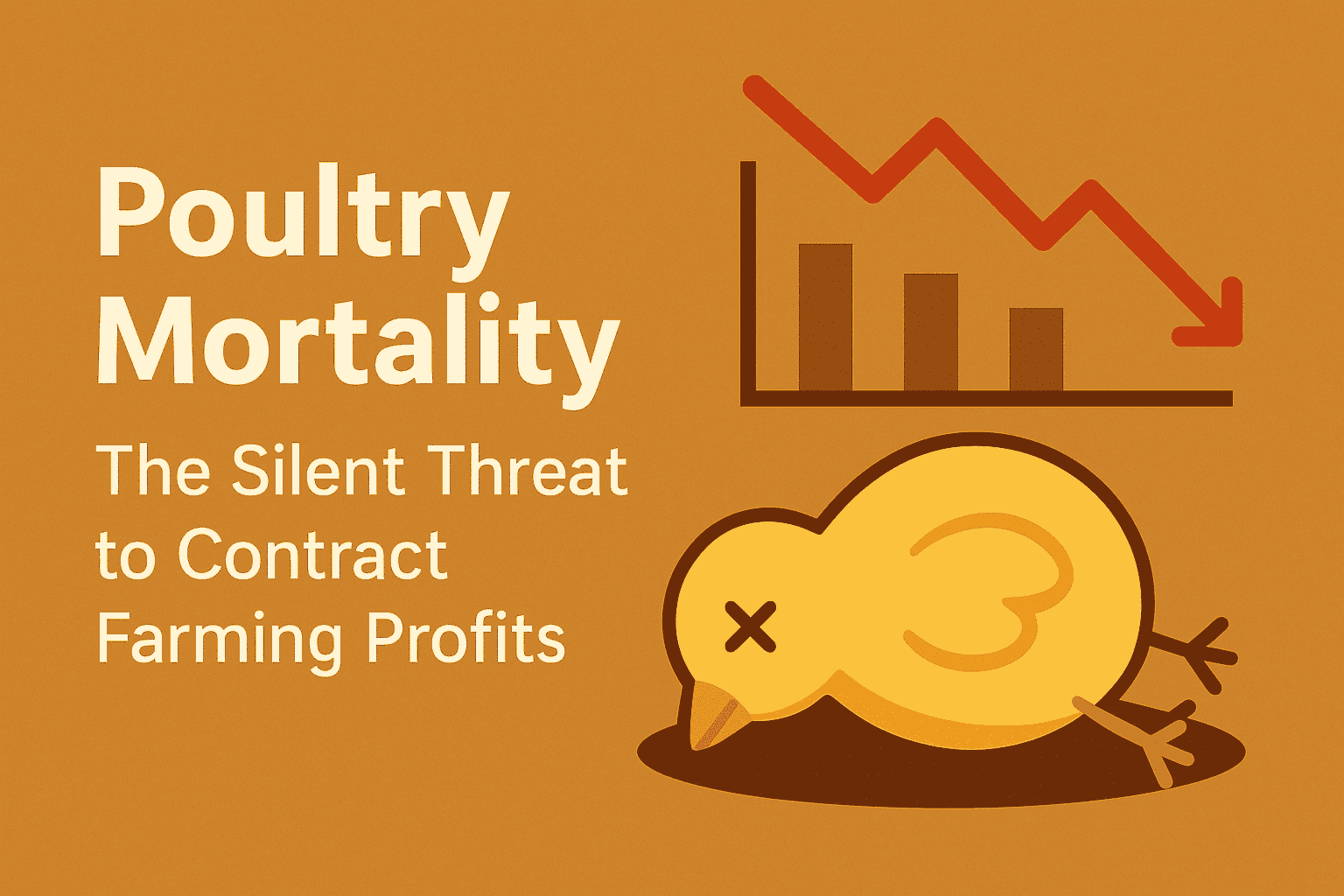In poultry processing, timing is everything. A well-fed bird is only profitable when it reaches the right place at the right time. That is where batch dispatch management becomes critical. When dispatches are handled smoothly, processing plants run efficiently, transport routes are optimized, and live bird stress is minimized. But when dispatch planning is poor, delays, confusion, and even losses creep in quietly.
Most poultry businesses spend time managing feed, health, and farm-level growth, but overlook the power of clean dispatch strategies. Without clear control over how batches are prepared, loaded, and sent, even well-raised birds can lose value on their way to the processing unit.
Understanding the Roots of Dispatch Challenges
Batch dispatch in poultry refers to sending groups of birds from farms to the processing plant. On the surface, it seems simple. But when we go deeper, the cracks begin to show. Birds might be uneven in weight. Vehicles may not arrive on time. Workers may not know which batch to load first. Sometimes dispatch teams rush the job, causing damage or delay. Sometimes birds sit too long before being loaded, which increases stress and affects meat quality.
These are not isolated incidents. They happen often and go unnoticed until the losses become visible. The good news is, every one of these issues has a practical, farmer-friendly solution when batches are managed with structure and awareness.
Start with Clear Batch Identification at the Farm Level
The first step is identifying which birds are ready for dispatch. Not all flocks grow at the same pace. Some birds hit market weight faster, while others take more time. When batch identification is delayed or vague, it creates confusion.
Farm teams should plan ahead by observing growth trends and communicating readiness early. Birds should be grouped based on uniformity. This not only makes dispatch smooth but also helps ensure quality at the processing unit.
Simple tagging or color-coded crate systems can help workers identify and sort birds more efficiently. The focus should be on clarity and communication so that everyone involved knows which batch is going out and why.
Plan Dispatch Timings Based on Route and Plant Readiness
Even the best batches lose their value if they sit idle. Birds waiting too long before loading or during transport become weak, stressed, and dehydrated. This affects both weight and meat quality.
Dispatch should always be matched with plant availability and vehicle readiness. If the processing line is already full, wait times increase. If drivers are not ready, loading becomes slow and uncoordinated.
To avoid this, schedule dispatch windows based on route length, traffic patterns, and plant processing speed. Early planning helps save fuel, time, and most importantly, bird welfare. It is also helpful to rotate routes and avoid overusing the same transport channels which may lead to delay buildup.
Train Your Dispatch Team with Simple, Repeatable Steps
Often, dispatch teams work with minimal training. They load birds based on what they did last time or who is present that day. But in poultry, consistency is everything. Teams should follow a step-by-step method to check bird health, record batch details, and ensure proper crate handling.
Workers must be trained to minimize noise, avoid rough handling, and maintain clean loading areas. Even small steps like checking crate placement or avoiding overcrowding can reduce bird injuries and losses during travel.
Repeated training builds muscle memory. It also increases accountability. When teams know what is expected, they work faster and more confidently, even under pressure.
Maintain a Simple Record of Every Batch Sent
What is not recorded is often forgotten. And in dispatch, memory alone cannot run the system. A simple daily log of batches helps track where birds were sent, how many were dispatched, which farm they came from, and who handled the task.
This information becomes gold when you need to trace issues or improve planning. If a batch arrives underweight or late, records help find out what went wrong. If one farm is constantly sending stronger birds, others can learn from its methods.
These records can be maintained on paper, mobile devices, or any easy-to-use system that fits the team’s comfort level. What matters is the discipline of capturing the data every single time.
Use Dispatch Data to Improve Future Decisions
Once you have consistent records, patterns begin to emerge. You can see which farms are ready faster, which transporters are more reliable, and which time slots give better travel results. Use this data to plan future batches better.
Instead of reacting to last-minute dispatch problems, you will now be leading with strategy. Teams will know what to expect. Dispatch will feel less like fire-fighting and more like a flow.
For example, if certain days bring more traffic, you can avoid dispatching large batches then. If one driver always returns with less stress on the birds, he can be prioritized. These micro-decisions shape the big picture.
When Every Batch Is Planned Well, the Whole Chain Wins
Good dispatch does not only help the farm or the processing unit. It helps everyone. Birds are handled better. Transport runs smoother. Processing becomes predictable. Sales planning becomes easier. Feed planning becomes tighter.
There is less chaos. Less shouting. Fewer mistakes. More trust. More coordination. And more results.
All of this starts with something as simple as taking batch dispatch seriously and planning it with intention.
Managing poultry dispatch with care and consistency brings long-term gains. When batches are tracked and timed right, bird quality improves and business losses go down.




